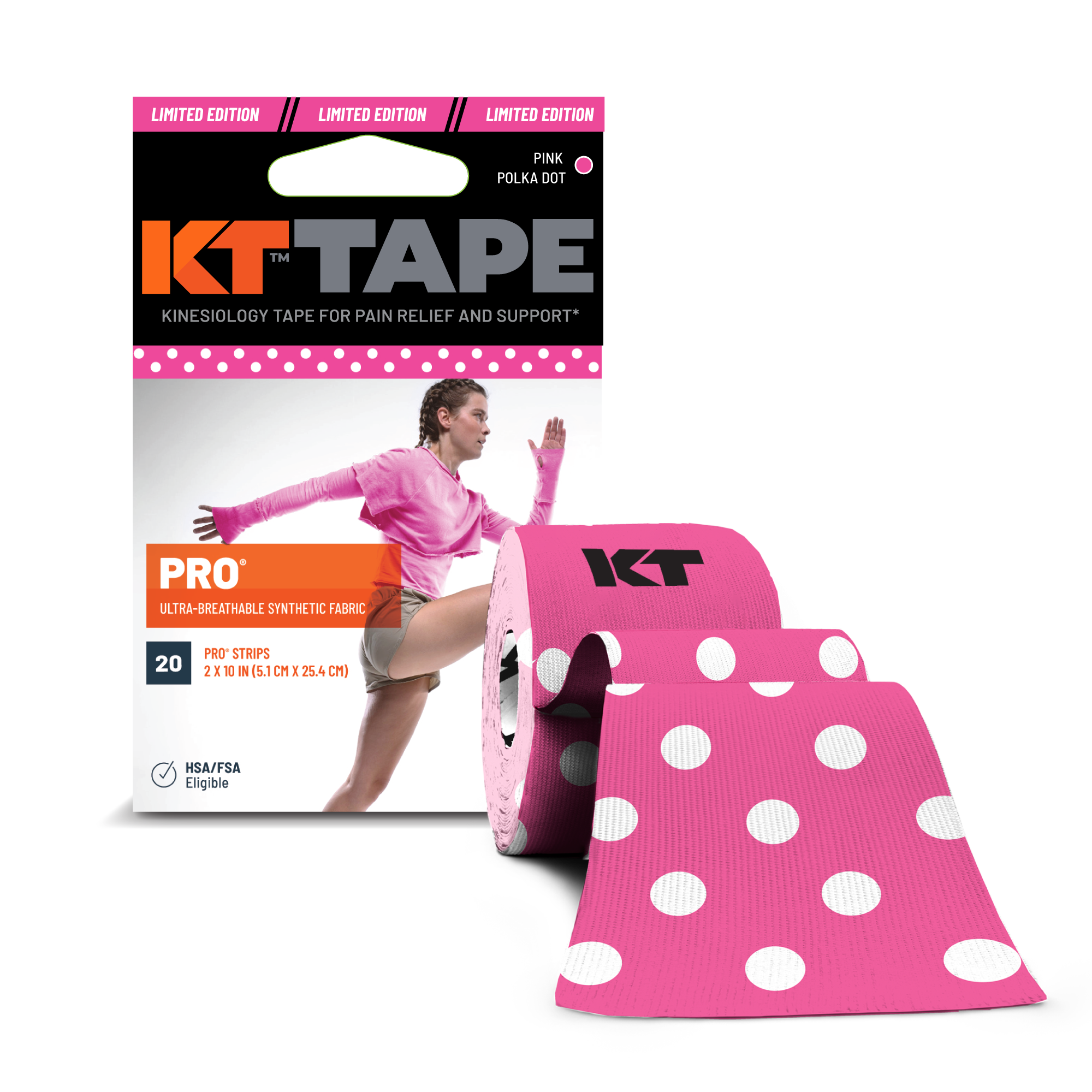Pain is a strange, misleading sensation. It's a physical sensation and an emotional experience linked to tissue damage and our body's incredibly imprecise way of telling us not to do something. We have yet to learn the full story of how humans experience pain, but we can use the brain's signaling system to change our reading of pain, thus altering the sensation. This is what menthol pain relief gel does, and it's astonishingly effective at doing so.
What is Menthol Pain Relief Gel?
Menthol pain relief gel is a common type of topical pain relief medication. There are three main categories of topical pain relievers:
- Counterirritants
- Salicylates
- Capsaicin
Capsaicin is the active ingredient in hot peppers, while salicylates contain the same ingredients that make non-steroidal anti-inflammatory drugs (NSAIDs) like aspirin effective. Menthol falls in the category of counterirritants, which work by creating a sensation of burning or cooling against the skin.
What is Menthol?
Menthol, in its pure form, is a type of organic compound also known as peppermint camphor. It's a type of terpene alcohol derived from peppermint oil and has a strong, minty flavor and a distinct cooling sensation. It's actually the key ingredient that gives mint its sharp taste. Peppermint contains as much as four times the menthol found in spearmint (the dominant chemical in spearmint is carvone).
What's unique about menthol is its ability to create a cooling sensation even though we haven't experienced a temperature change. Basically, menthol tricks the brain into believing that you've experienced a temperature change by activating TRPM8, a receptor protein found in all cold-sensing nerve cells which is responsible for detecting temperature changes. TRPM8 is a voltage-gated ion-channel protein, meaning it allows entry of calcium cells upon sensing temperature changes. In plain English, when the voltage changes, as in temperature shifts, the voltage change triggers the protein to alter its shape. Once TRPM8 changes shape, it allows calcium ions to flow into the nerve cell, which acts as a signal that we're feeling cold.
However, cold isn't the only thing that activates TRPM8--it's just the most common. Menthol doesn't change the voltage as cold does. Instead, it directly binds to the protein, activating it to let in calcium ions and achieving the same effect as a temperature drop without a voltage change. Since menthol activates the protein, nerves will respond as though we're experiencing cold. The human body can only function optimally within a limited temperature range, and if your cells begin to drop out of that range, the nerves interpret this as cold. In order to protect the body, the brain responds by numbing the nerves. There are a few theories why that is, known as pain gate theory, which relate to our perceptions of temperature.
How Menthol Products Work
This brings us to menthol products, which use menthol's chemical cooling properties to address the brain and body's sensation of pain. The gate control or pain gate theory is fundamental to the logic of menthol gel and similar topical pain-relieving medications. As noted earlier, the human experience of pain is fickle, imprecise, and not entirely reliable. Essentially, the human body is strange, and we don't entirely understand how pain works or why people experience it differently.
One theory, pain gate theory, argues that the spinal cord contains a gate that either blocks signals from traveling to the brain or allows them to pass through. However, the spine doesn't allow any signal through. Instead, it identifies the types of fibers carrying the signal to differentiate between what the signals contain. The spine allows pain through or not depending on the fiber--large nerve fiber pain signals are blocked, while those on small nerve fibers are allowed through.
However, there are some cases where larger signals are allowed to pass through and the experience of pain is more intense. In other cases, the pain signal is muted or prevented from reaching the brain at all. The key difference, again, has to do with the type of nerve fiber. Large nerve fibers activate inhibitory neurons, which diminish the sensation of pain, but small nerve fibers don't.
Perceptions of Heat and Cold
When menthol comes into play, we have to consider our hot and cold perceptions as well as our ability to perceive pain. We have sensory receptors for hot and cold, and they work similarly. The difference is that heat receptors tend to increase their activity as you experience heat and decrease during warming, while cold receptors will decrease signaling during cooling and increase during warming (fun fact: we can't actually distinguish when something is warm--that's what happens when our receptors can't tell the difference between hot or cold). The short version of the story: we receive less signals when we experience cold and more signals when we experience warmth (if you're acting on cold receptors, that is).
In translation, our brain has fewer signals to work with when experiencing cold, since the receptors slow their activity to signal cold. This is why you get a numbing sensation when you get cold, and it's why menthol works.
How Menthol Works to Aid in Relieving Pain
Remember earlier when we said that menthol acts on TRPM8, which helps cold receptors distinguish when we're experiencing cold? When you experience pain, your nerves are firing off signals to your brain saying something is wrong and stop doing that right now. A lot of messaging, in other words. But, cold receptors signal cold to the brain by decreasing their messaging, and they do it in part by using the TRPM8 receptor. Menthol creates a sensation of cold (even though we haven't experienced any temperature change) by bonding to TRPM8 receptors nearby. This causes the TRPM8 receptors to reshape just like they would if you experienced a temperature change.
Once TRPM8 reshapes, it signals cold receptors that you're experiencing a drop in temperature, even though there are no external signals that say so. Your cold receptors will thus decrease signaling in the affected area to tell your brain that area is getting cold. Since the brain is both brilliant and imprecise, it can't completely distinguish what area is cold and what areas are not. What it does know is that it's getting fewer signals from the area in question, which it translates as radio static, a.k.a. numbness.
Basically, menthol gel tricks your brain into numbing pain for you by mimicking the chemical process that would occur if you experienced cold. This is what we call better living through chemistry.
The Pain Relief Your Body Needs
Menthol pain relief gel does not work to heal your injury, but it can go a long way in telling your brain to stop shouting at you about it, and that makes the world of difference in your quality of life while in recovery.
Make sure to check out our shop for the right combination of smart recovery tools.









